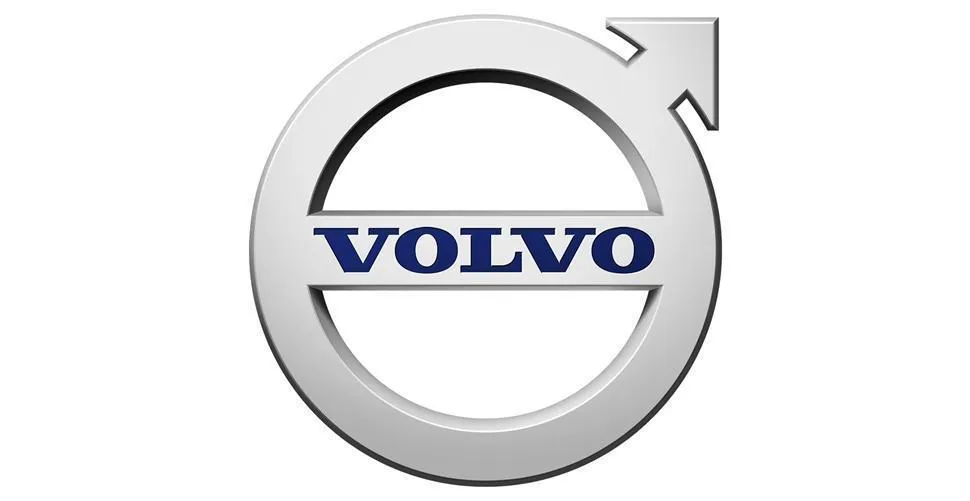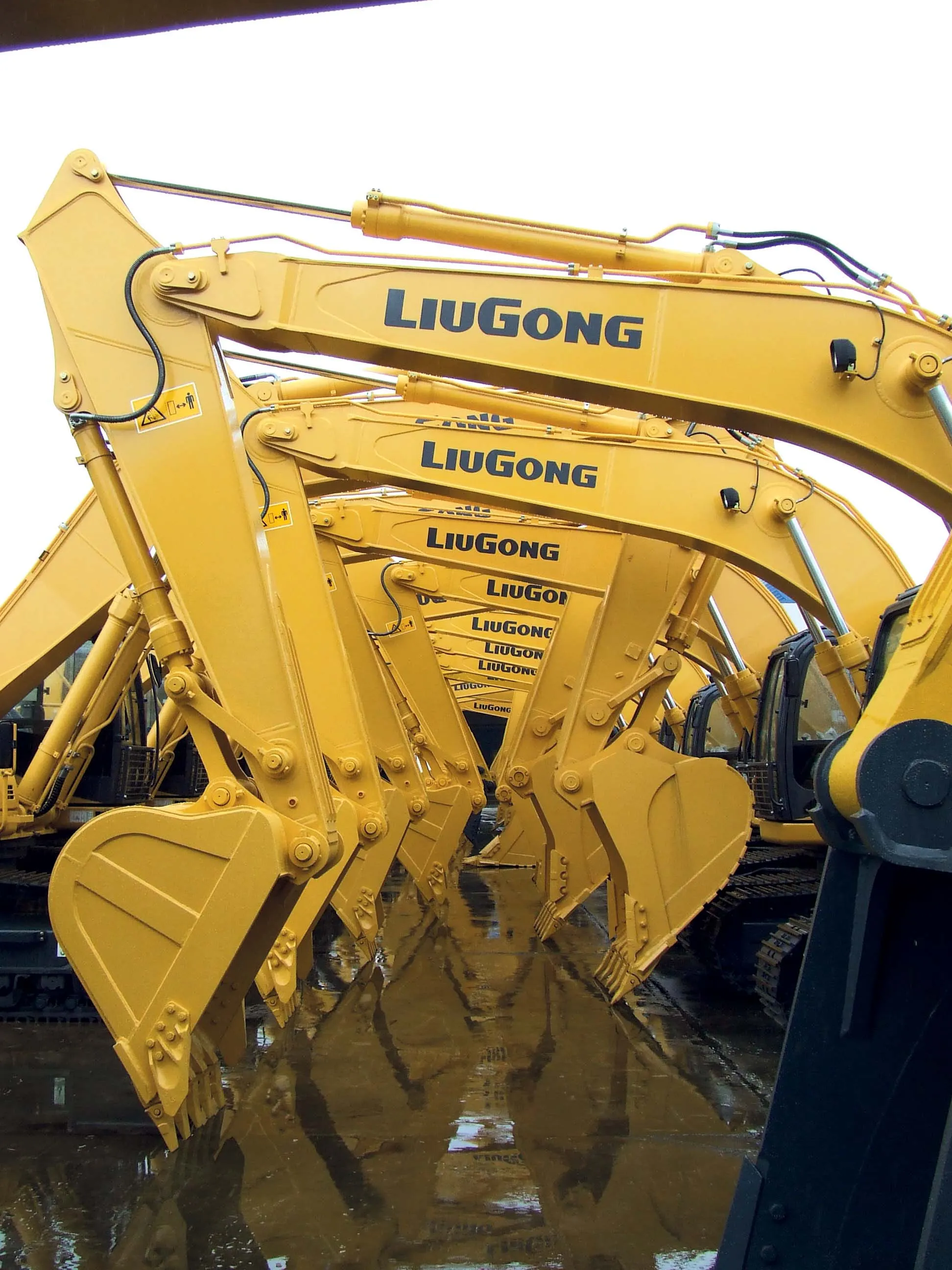
Cummins has set a new quarterly net cash from operating activities record of US$1.5 billion, a huge rise on the $382 million in Q3 2022.
In further Q3 results, the US-headquartered global off-highway machine engine giant posted a 15% year-on-year revenue rise to $8.4 billion and GAAP (Generally Accepted Accounting Principles) net income of $656 million.
The company's sales in North America were up 16% and international revenues increased 13% due to the addition of Meritor and strong demand across most global markets.
"We delivered solid profitability and record operating cash flow in the third quarter," said Jennifer Rumsey, chief executive. "While full-year revenues are at the high end of our expectations, we are seeing signs of moderating demand in some markets and are taking steps to reduce costs and position the company for success in 2024. I am deeply appreciative of our Cummins employees, who continue to innovate for our customers and demonstrate the flexibility required to meet global demand."
Cummins' earnings before interest, taxes, depreciation and amortisation (EBITDA) in the third quarter were $1.2 billion, or 14.6% of sales, compared to $884 million, or 12.1% of sales, a year ago. EBITDA for the third quarter of 2023 included the costs related to the separation of Atmus.
Based on its current forecast, Cummins is raising its full-year 2023 revenue guidance to be up 18 to 21% due to strong demand across most markets, especially North America. EBITDA is expected to be in the range of 15.2 to 15.4% of sales, narrowing the scope of the previous guidance of 15-15.7% of sales.
The above outlook assumes the inclusion of Atmus for the entirety of 2023 but excludes any costs or benefits associated with the planned separation of Atmus. Within the Components Segment, Cummins expects revenues of the Meritor business for 2023 to be between $4.7 billion and $4.9 billion, consistent with prior guidance. EBITDA is expected to be in the range of 10.5 to 11% of sales, narrowing the range of the previous guidance of 10.3-11%.
"2023 will be another record year for revenue growth. However, we are seeing some signs of slowing activity and are expecting lower demand in the fourth quarter. Our leadership team is experienced in managing through periods of economic uncertainty and will continue to make the decisions that ensure we drive cost improvements and maintain a strong financial position. We've announced several major partnerships this quarter as we continue to advance our Destination Zero strategy and remain committed to investing in future growth," said Rumsey.
Accelera by Cummins, Daimler Trucks & Buses, PACCAR and EVE Energy announced in September a joint venture to accelerate and localise battery cell production and the battery supply chain in the United States. The planned joint venture will manufacture battery cells for electric commercial vehicles and industrial applications. Total investment by the partners is expected to be in the range of $2-3 billion for the 21GWh factory, with production expected to begin in 2027.
On 2 October, Cummins completed its acquisition of two Faurecia commercial vehicle manufacturing plants and their related activities, one in Columbus, in the US state of Indiana and one in Roermond, Netherlands. The acquisition provides an opportunity for the Cummins Emission Solutions business to ensure continued access to the technology and facilities it needs to meet current and future demand for low-emissions products and to ensure continuity for both the employees and customers of the acquired manufacturing facilities.
On 4 October, Cummins unveiled its brand-new European Master Rebuild Centre for high horsepower engines in Krakow, Poland – the first of its kind in Europe.
The company has invested $10 million in developing the Centre, which remanufactures Cummins high horsepower engines with displacements of 19 litres to 78 litres and in the 450-3,500hp range (335-2,610kW). This includes Cummins' renowned QSK19, QSK38 and QSK60 engines.
The new 4,600m2 facility has been developed to increase Cummins' capacity to meet growing demand across several sectors for high horsepower engines, rebuilt and tested to the highest quality standards in a factory environment. This strategic move will enhance Cummins' services in Europe, meeting the needs of new and existing customers across the region.








